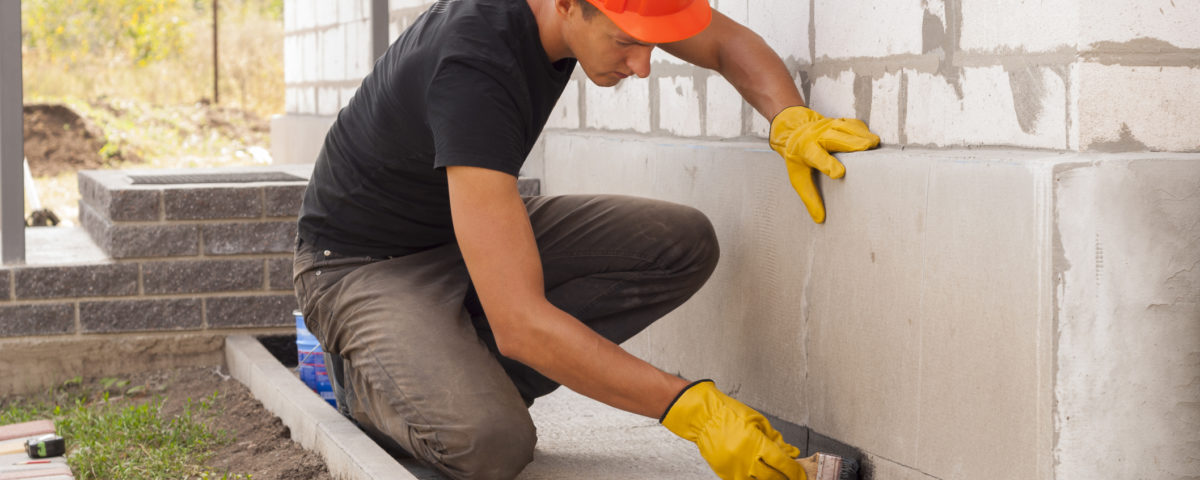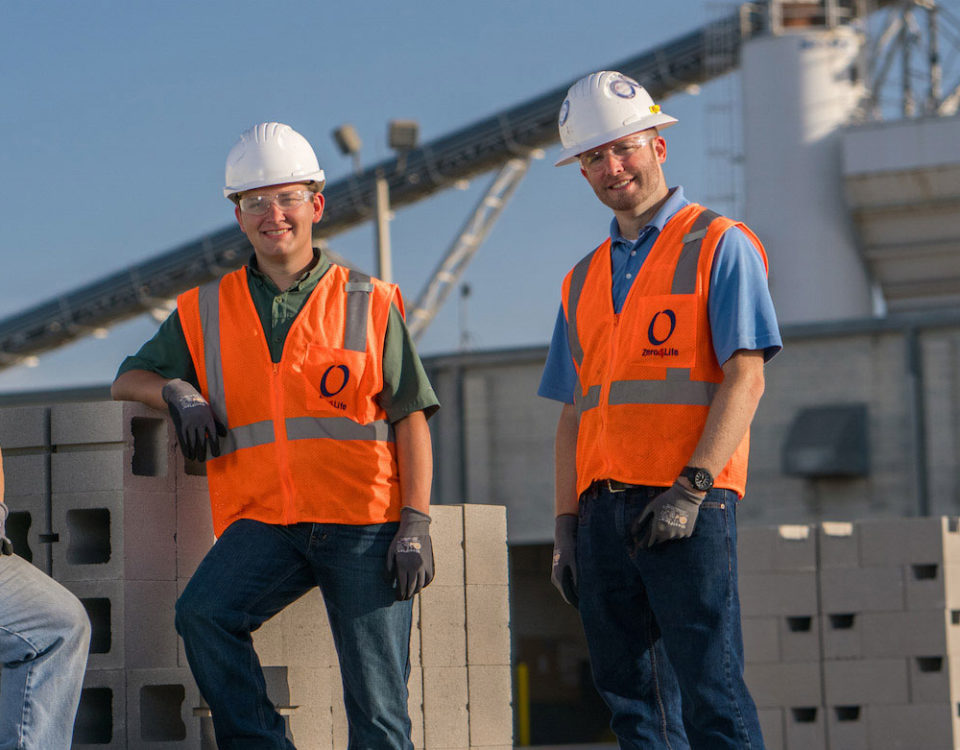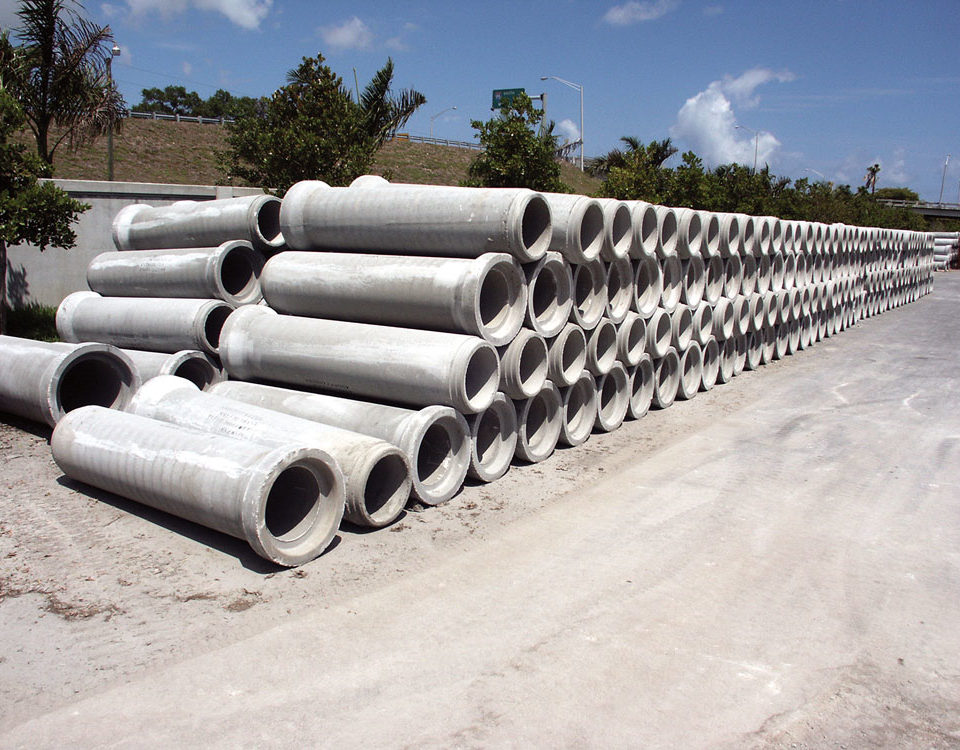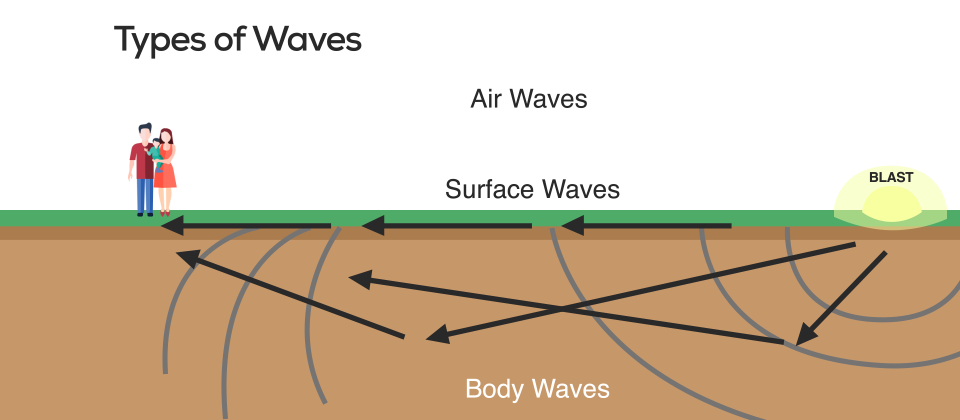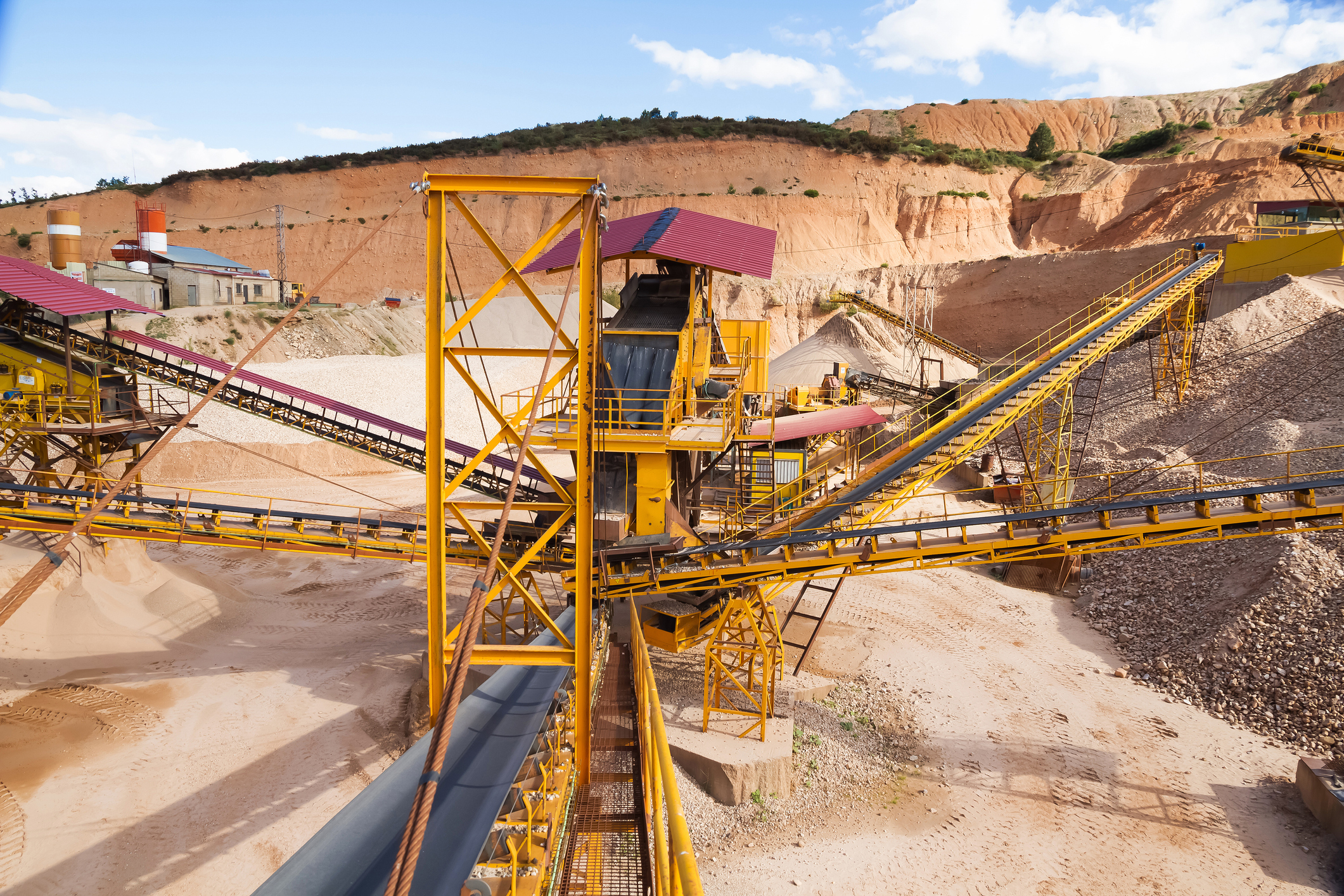
We’re Pickin’ up Good Vibrations
January 9, 2018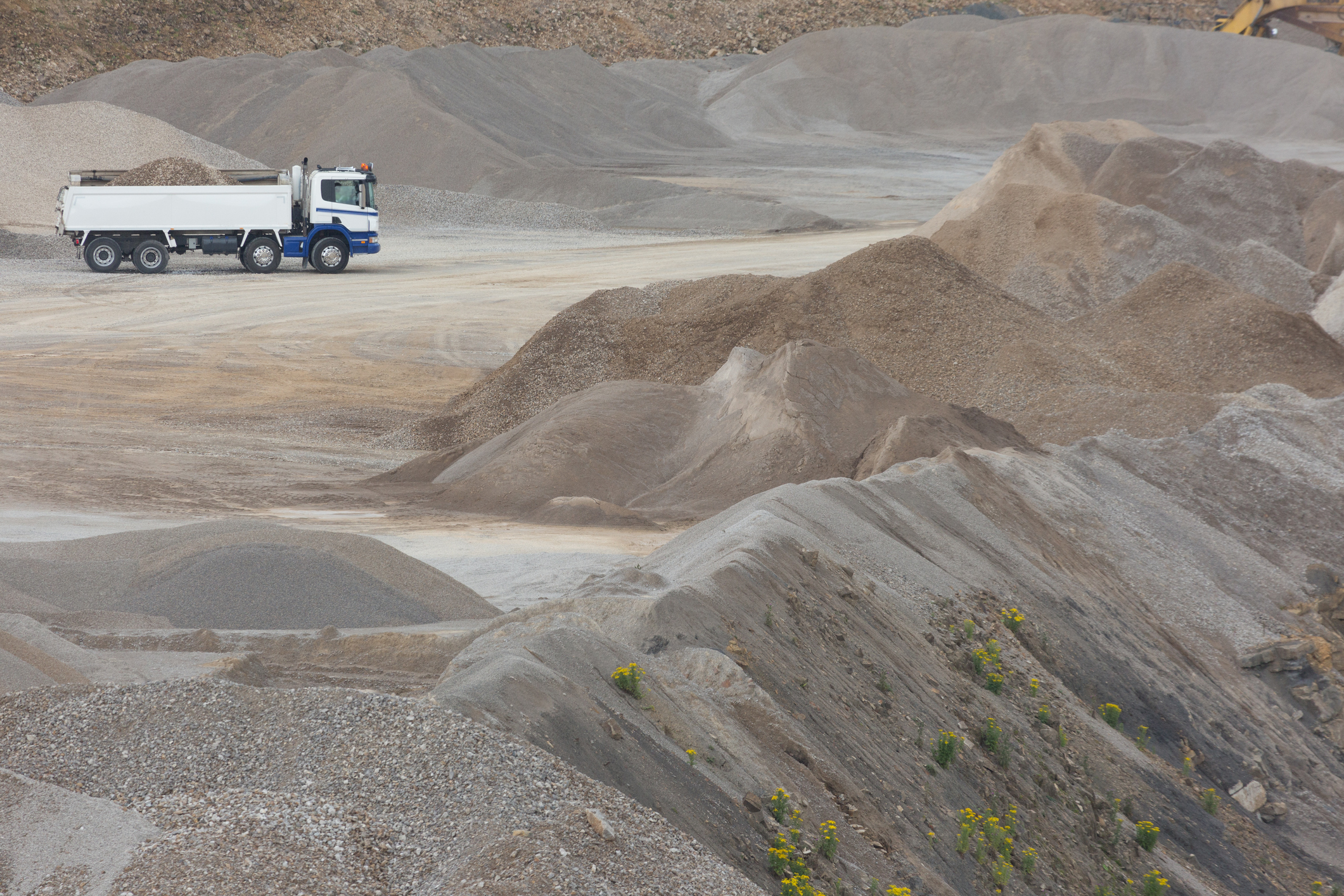
Five Things You Never Knew About Your Local Quarry
January 22, 2018A Case of Mistaken Identity
There is an extensive amount of rhetoric regarding the limestone aggregate industry, blasting, and experienced damage to homes in the immediate vicinity to quarries. However, with quarrying companies meeting state regulations (a figure far more strict in the state of Florida than that imposed nationally), attention must be turned towards construction.
South Florida’s construction industry is booming, and as a result, many residents see an increase in issues regarding construction defects. A primary area of concern is poor workmanship, i.e., the skill or quality that goes into making and completing a project.
The term workmanship refers to quality, regardless if that is good or bad. If a worker or other subcontractor is careless or doesn’t follow proper protocols, a homeowner can end up with a finished product that lacks adequate quality or reliability.
Failing building structure occurs due to workmanship negligence and a lack of effort in quality control on a site. Building even a small structure is not an easy task, and professionals at each level are responsible for maintaining a standard of quality, care, and expertise.
Unfortunately, missteps can occur, resulting in expensive repairs and even legal action. Unskilled or unaccountable workers, poor standards in equipment, and lack of adequate project management can all lead to a poorly finished product as a result of poor workmanship.
Adhering to State Regulations
Florida boasts some of the strictest blasting regulations anywhere in the United States. Limestone quarrying companies work hard to keep their blasting vibrations within state-imposed limitations.
These vibrations are often less than those caused by normal, everyday activities like a door slamming, and construction noise. Additionally, quarrying companies utilize the latest in seismograph analyzing technology to ensure these levels are not exceeded.
State and local construction standards are put in place to ensure structures are built to code and legally permitted to withstand these legal seismic limits. However, many homes upon finalized construction meet these standards, but over time begin to show cracks in the foundation both literally and figuratively.
Poor build quality on a structural level as well as inferior material selection can begin to degrade over time, to the detriment of those that reside in the domiciles.
Properties can develop cracks in the foundation due to shifting ground, or improper workmanship during the beginning phases of construction. Additionally, windows can display cracks or breakage due to shifting in the structural integrity of a home.
Many of these issues are not visible to the untrained eye, and sometimes don’t become apparent until a more serious, derivative problem becomes visible. A crack in the concrete foundation of your home could exist without your knowledge for several years before actually showing on the surface where you walk.
Although a number of homes and communities arrived at the western Miami-Dade area after quarrying activities began, this does not represent every development within the area. Depending on when your home was built, building standards in the area may have been vastly different.
While homes now are built adhering to specific seismic standards as well as hurricane, safety, etc., your home may have been built during a period of more lapse regulation regarding building standards.
Was Your Home Built Prior to ___? It May be Time to Reinforce Your Foundation
The limestone industry understands how a connection can be made between accompanying industry seismology and damage to local residences. Nevertheless, limestone companies work tirelessly to ensure that state-imposed seismic regulations are met during any and all operations.
Aggregate companies and politicians strive to answer complaints through investigation of damage claims and have implemented a system to specifically deal with these circumstances for quarrying’s South Florida neighbors.
The development and maintenance of a harmonious relationship with Miami-Dade area residents are precisely why limestone companies take the time to analyze and document seismic information regarding limestone blasting, as well as strictly adhere to and help implement blasting regulations.
Limestone producers understand it can be an adjustment, coexisting harmoniously with a limestone quarry nearby. However, limestone blasting represents an integral part of our community socioeconomically.
It is important to consider that home damage could be a derivative of preexisting circumstances unbeknownst to a homeowner, as opposed to the most readily available circumstance.

